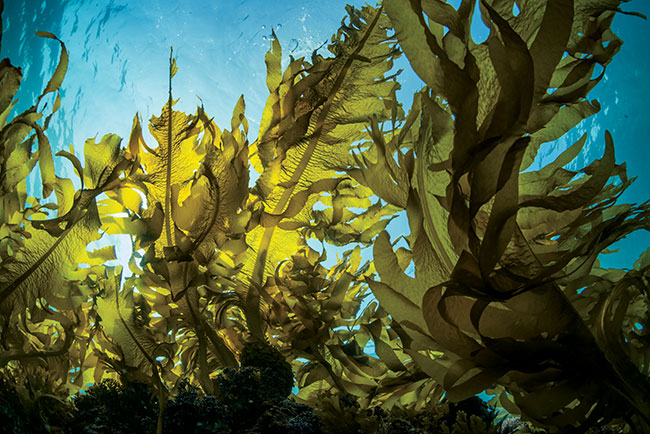
Norwegian initiative to make seaweed safer to eat
September 15, 2021
By
Liza Mayer
 Seaweed is one of the best food sources of iodine, but in large quantities iodine can be harmful
Photo: © divedog / Adobe Stock
Seaweed is one of the best food sources of iodine, but in large quantities iodine can be harmful
Photo: © divedog / Adobe Stock Too much of a good thing is bad, so researchers in Norway say they are striving to further develop the methods for reducing iodine content in seaweed so that consumers can confidently enjoy products with kelp.
Seaweed is one of the best food sources of iodine, but in large quantities iodine can be harmful, say Nofima researchers.
“If you eat too much iodine, the body will automatically try to prevent overdose by stopping the uptake. For some, the uptake does not recommence when the iodine level in the body decreases. Thus, excessive intake of kelp can prevent the uptake of iodine and cause iodine deficiency, with subsequent health problems. The health authorities recommend a daily intake of 150 micrograms of iodine for adults,” says the esteemed research institution.
Macroalgae is one of the largest renewable resources in the world but, as in North America, it is not widely utilized in the Nordic region. Nofima and the Norwegian government have made macroalgae a strategic area of focus.
Efforts to make seaweed safer to eat is but one of the areas of study in the Nofima-funded project called TastyKelp. The study will also look into enhancing market knowledge and address processing-capacity issues of the seasonal product, in order to help the business community boost its commercial viability.
Advertisement
- Mowi Canada East reports major salmon mortality due to low DO
- Honouring true statesman and fish farming pioneer, Dan Swecker





